Once a while you get a chance to talk to a completely different public about your work, and I don’t mean in the pub or at birthday parties. In this case, I was given the opportunity to give a lecture to 12 year old kids from group 8 at the ‘First van der Huchtschool (a Dutch primary school in Soest, the town where I live and where my wife is a teacher in group 4).
So we talked for a while and decided that there were enough topics and mutual interests to go ahead. The basic idea was to talk about the history of trade, emerging from surpluses of agriculture, and further developed by several great civilizations of the past; for example the Greek and Roman Empires, the Silk Road trade from China, the great city states at the Mississippi river in North America such as Cahokia, (the Mississippi was something group 8 just had at the Topography lessons), and the ancient Mayas, the Aztec, and the Inca empires. I also talked about the Dutch VOC trade routes and, of course, the game changer in globalization: the discovery of the Americas by Christopher Columbus, also known as the great Colombian Exchange, which led to the spread of many crops, livestock and diseases globally.
A couple of centuries later the discovery of coal, oil and gas and the accompanying Industrial Revolution fueled global trade even further, as well as important ‘Grands Travaux’ such as the Suez and Panama canals, which shortened transport times, and thus costs, tremendously. Group 8 was stunned by the increase in ship sizes, which I demonstrated by showing the next picture:
The kids listened quite interested, also helped and triggered by some of my questions they had to answer during the talk; “What is the Limes?” (google it J), “How much does a farmer gets for the raw material (cotton) when the final product (a T-shirt) is sold in the store for 29 euro’s?” Answer: 0.18 cents…. ohhhhh the whole class shouted, that’s not fair! “Can you tell the difference between fossil fuels and renewable fuels?” And so we concluded with a lively discussion about Fair Trade (chocolate, t-shirts, sneakers), clean energy, eating less meat, and so forth.
All in all an interesting experience!
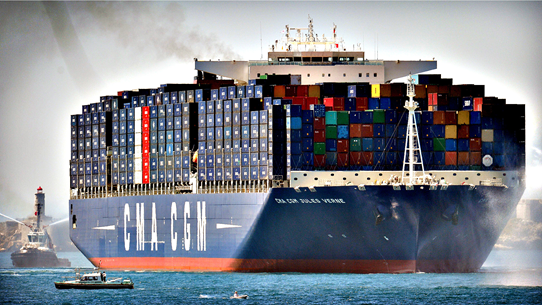
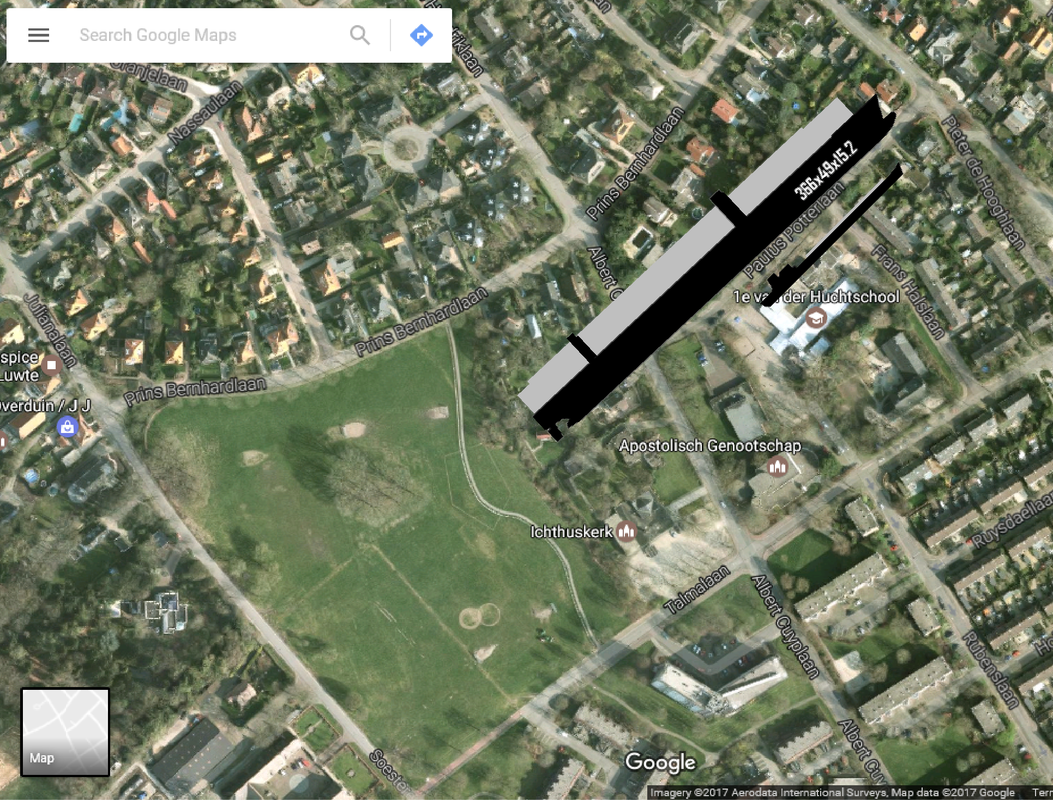
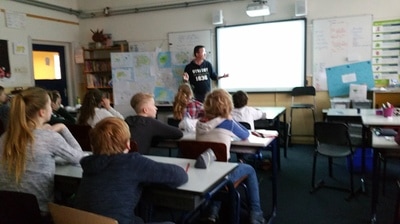
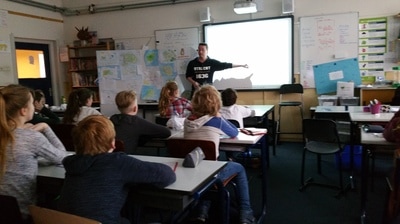
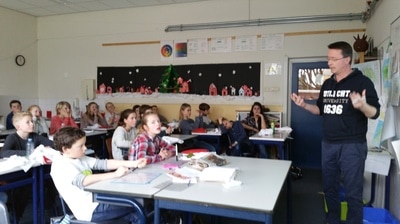
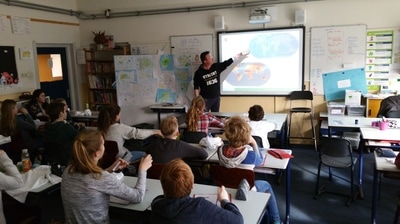
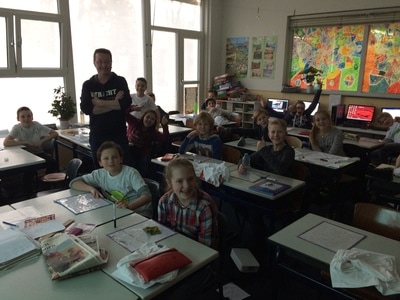
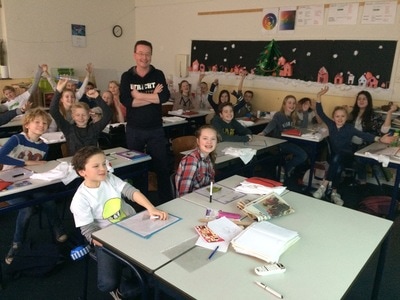
 RSS Feed
RSS Feed
